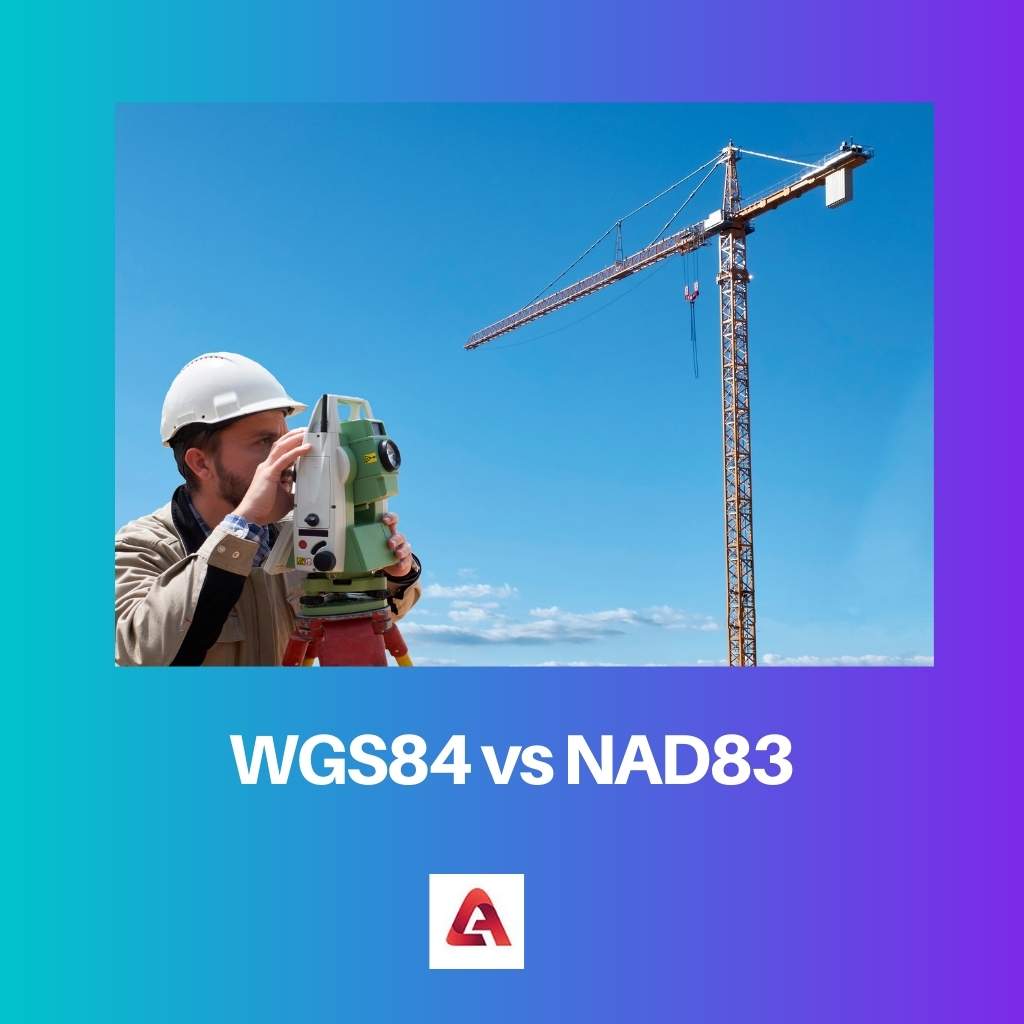In research and geodesy, we precisely distinguish these properties from geodetic sources. Investigators introduced metals/aluminium circles at each reference area.
Key Takeaways
- WGS84 (World Geodetic System 1984) is a global reference system, whereas NAD83 (North American Datum 1983) is a regional one specific to North America.
- NAD83 primarily serves the United States, Canada, and Mexico, while WGS84 is utilized internationally for navigation, mapping, and other geospatial applications.
- WGS84 is based on Earth’s center of mass, providing a more accurate representation of the Earth’s shape, whereas NAD83 uses a fixed reference point on the North American continent.
WGS84 vs NAD83
The difference between WGS84 and NAD83 is that the referral ellipsoid. The North American datum uses the Geodetic coordinate (GRS80), is been used by the North American datum ellipsoid, while the WGS84 is been used by the planet Geodetic System of 1984 (WGS84). The measurements of those ellipsoids differ.

The WGS-84 furnishes the flight business with a standard organised reference structure for the Earth, guaranteeing an exact data set of data that diagrams all known and quantifiable crude elevation information.
NAD83 is an abbreviation for the North American Datum of 1983, a geocentric datum and geographically arranged framework dependent on the 1980 Geodetic Reference System ellipsoid (GRS80).
Comparison Table
| Parameters of Comparison | WGS84 | NAD83 |
|---|---|---|
| Definition | WGS84 of 1984 is a datum that includes the arranges that change with time. | NAD83 of 1983 is the even and control datum for the United States, Central America, Mexico, and Canada NAD83 was delivered in 1986. |
| Abbreviation | The abbreviation for WGS84 is The World Geodetic System. | The abbreviation for NAD83 is North American Datum. |
| Ellipsoid | WGS84 ellipsoid is been used by The World Geodetic System of 1984. | Geodetic Reference System (GRS80) ellipsoid is been used by the NAD83. |
| Used | World Geodetic System is utilized by the Branch of Defense in the U.S. | Northern American Datum is utilized by U.S, Canada, Central America, and Mexico. |
| Migration | World Geodetic System (WGS84) datum has moved 100 meters from the prior utilized prime meridian. | NAD83 of 1983 datum has not moved from its prior area. |
What is WGS84?
It is a worldwide datum, which implies that directions change after some time for objects which are fixed in the ground.
The anchor point for the WGS84 flat datum is known to be around 2 cm. Since the ellipsoid is presently set regarding the earth, you’ll have the option to decide your geographic area.
World Geodetic System 1984 is the standard United States Division of Defense meaning of a worldwide reference framework for geo-information data and is the reference framework for the Global Positioning System.
What is NAD83?
NAD83 is the public spatial reference framework utilized for georeferencing by the general government and common organizations in Canada.
Official change boundaries between NAD83 (CSRS) and the International Terrestrial Reference Frame (counting WGS84) are given to use all through Canada.
Numerous utilizations of GPS require advantageous admittance to the more basic 3D meaning of the NAD83 reference framework.
Main Differences Between WGS84 and NAD83
- A reference coordinate system is used by WGS84, whereas NAD83 does not use such coordinate systems.
- World Geodetic System – WGS84 is utilized by the U.S. Division of Defense, whereas NAD83 is by the number of government offices.
- https://gisgeography.com/geodetic-datums-nad27-nad83-wgs84/
- https://www.esri.com/arcgis-blog/products/arcgis-desktop/mapping/wgs84-vs-nad83/#:~:text=Answer%3A%20There%20are%20a%20number,uses%20the%20WGS%2084%20ellipsoid.&text=Either%20of%20these%20will%20use%20only%20one%20datum.